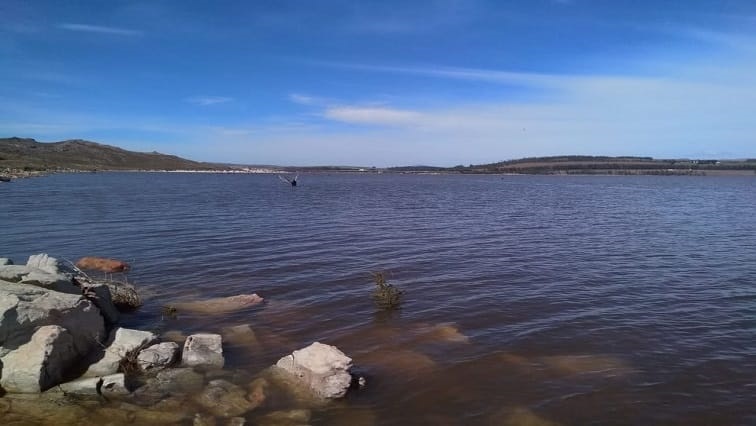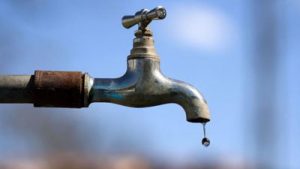The Western Cape Water and Sanitation Department says it’s implementing short, medium and long-term measures to address and mitigate challenges of bulk water supply.
A delegation from the department has given an update on the state of Western Cape storage dams, while visiting Theewaterkloof Dam, near Villiersdorp, in the Overberg. The dam is currently over 100 percent full.
Theewaterskloof is the biggest dam in the Western Cape and covers a surface area of 48 square kilometres. It has the capacity to hold 480 000 megalitres and is currently overflowing.
A very different picture from three years ago when in 2018, it was on the brink of running dry. It was at the time of one of the most devastating periods of drought in the province.
However, acting head of the provincial department, Boniswa Hene says the Gouritz River Catchment, in particular, the Little Karoo remains a concern and is currently in a dire water situation.
“We have a programme that we going to collaborate with local municipalities, law enforcement there, we are going to collaborate with the agriculture sector to make sure that the little water that is there is used in the best interest for everyone. We got reports that here are unlawful water users there, people who use water more than their allocation, others use water that they’re not authorised to use, and then those who are obeying the law according to their water use authorisation they suffer a lot. Not only farmers but also for domestic water use.”
A number of measures to improve water security have been listed. Water and Sanitation Department spokesperson, Sputnik Ratau says among the measures is water conservation and demand programmes as well as key infrastructure projects.
“We know about the raising of the Clanwilliam Dam, that is easily our biggest project to be very important for the farming community in the area there, also for the community to basically be able to do secondary industries and access water for the first time and we can see the development along the N7 and then we have the Kwagaskloof Dam where we are also increasing the capacity because we have to plan ahead.”
The average level for Western Cape dams are currently at 77,9 percent.




